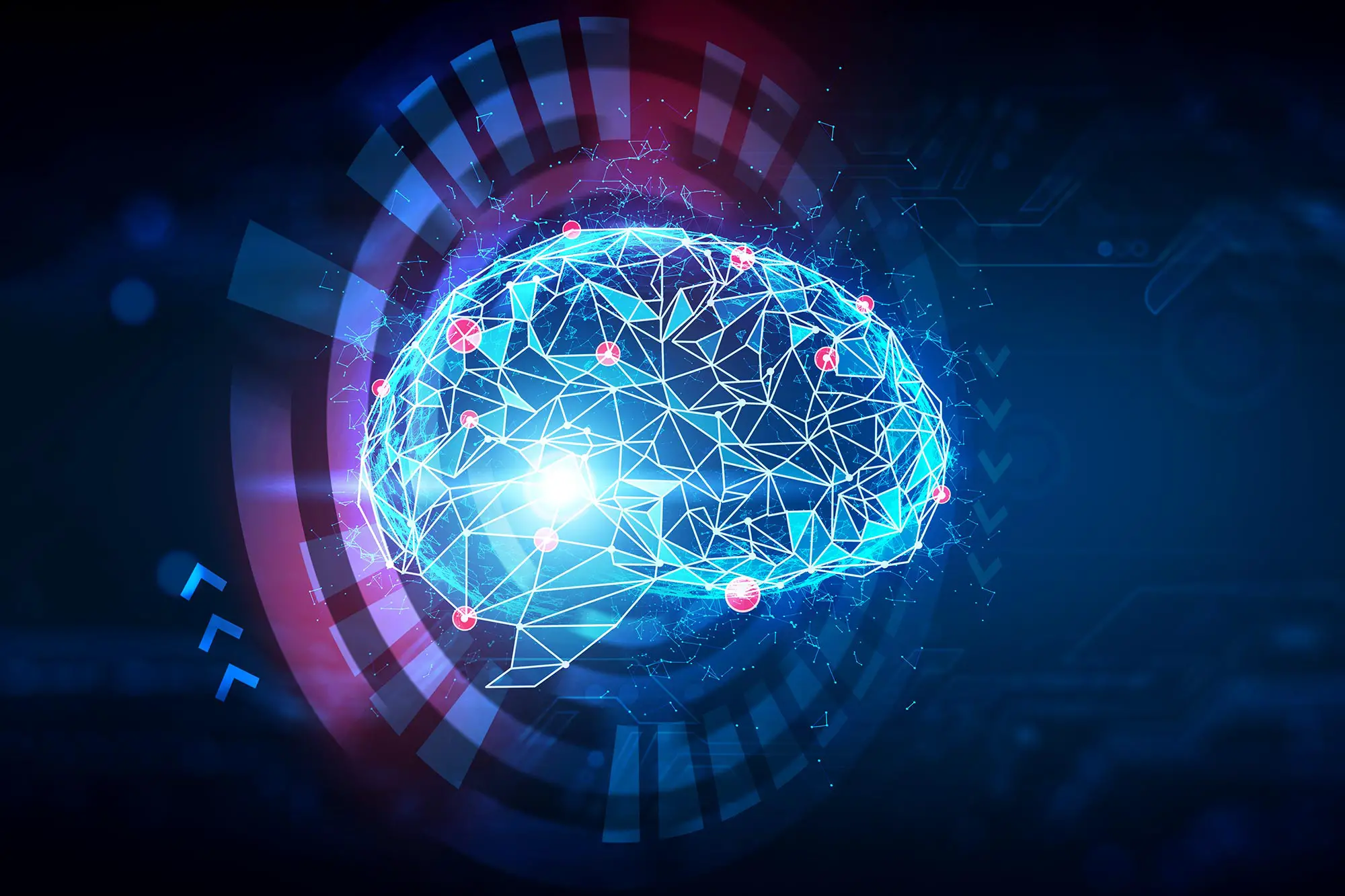Summary of New AI Tool May Help Spot “Invisible” Brain Damage in College Athletes:
A new study has found that an AI tool can detect subtle brain structure changes caused by repeated head injuries in athletes. The tool, which uses machine learning, could accurately distinguish between the brains of athletes who played contact and noncontact sports. The study suggests that even mild head impacts can accumulate over time and lead to cognitive loss. The researchers hope that the AI tool can aid in developing new diagnostic tools and improve understanding of brain injuries.
*****
Summary:
– A new AI tool using machine learning can detect structural changes in the brain due to recurrent head injuries previously undetected by conventional medical imaging methods.
– The tool accurately distinguishes between contact-sport and noncontact-sport athletes’ brains, linking repeated head impacts with tiny structural changes.
– The machine-learning technique used in the study may also help experts to better understand the mechanisms behind brain injury.
– The study involved hundreds of brain images from contact and noncontact college athletes.
– The AI tool identified unusual features in brain tissue and ranked which MRI metrics were most helpful in detecting damage.
In a groundbreaking study involving student-athletes, researchers have discovered that an AI computer program equipped with machine learning capabilities can successfully detect structural changes in the brain due to recurrent head injuries. These changes were previously undetected by conventional medical imaging methods like CT scans.
The new AI tool, developed by researchers in the Department of Radiology at NYU Grossman School of Medicine, has shown for the first time that it can accurately distinguish between the brains of male athletes who play contact sports, such as football, and those who compete in noncontact sports, like track and field. This breakthrough technology has linked repeated head impacts with tiny, structural changes in the brains of contact-sport athletes who have not been diagnosed with a concussion.
According to study senior author and neuroradiologist Yvonne Lui, MD, “Our findings uncover meaningful differences between the brains of athletes who play contact sports compared to those who compete in noncontact sports. Since we expect these groups to have similar brain structure, these results suggest that there may be a risk in choosing one sport over another.” Lui, a professor and vice chair for research in the Department of Radiology at NYU Langone Health, adds that the machine-learning technique may help experts better understand the underlying mechanisms behind brain injury.
The study, recently published in The Neuroradiology Journal, involved hundreds of brain images from 36 contact-sport college athletes, mostly football players, and 45 noncontact-sport college athletes, predominantly runners, and baseball players. The objective was to establish a clear connection between the changes detected by the AI tool in the brain scans of football players and the head impacts they experienced. This study builds on a previous investigation that identified brain-structure differences in football players with and without concussions, comparing them to athletes who participated in non-contact sports.
The researchers analyzed MRI scans from 81 male athletes from 2016 to 2018, none of whom had a known concussion diagnosis. Contact-sport athletes played football, lacrosse, and soccer, while noncontact-sport athletes participated in baseball, basketball, track and field, and cross-country.
To enable their computer program to predict exposure to repeated head impacts, the research team developed statistical techniques that allowed the program to “learn” from mathematical models based on data examples. As the amount of training data increased, the program became more proficient. Based on these factors, the team trained the program to identify unusual features in brain tissue and distinguish between athletes with and without repeated exposure to head injuries. They also ranked how useful each feature was for detecting damage to uncover which MRI metrics contributed the most to diagnoses.
The study identified two metrics most accurately identified structural changes resulting from head injuries. The first metric, mean diffusivity, measures how water moves through brain tissue and is commonly used to detect strokes on MRI scans. The second metric, mean kurtosis, examines the complexity of brain tissue structure and can indicate changes in the areas of the brain responsible for learning, memory, and emotions.
According to study lead author Junbo Chen, MS, a doctoral candidate at NYU Tandon School of Engineering, “Our results highlight the power of artificial intelligence to help us see things that we could not see before, particularly ‘invisible injuries’ that do not show up on conventional MRI scans. This method may provide an important diagnostic tool for concussions and detecting the damage that stems from subtler and more frequent head impacts.”
The researchers plan to further explore the use of their machine-learning technique for examining head injuries in female athletes.
In conclusion, this exciting new study demonstrates the ability of AI technology to detect structural changes in the brain caused by repeated head injuries. This AI tool may provide valuable insights into the risks associated with different sports by successfully distinguishing between the brains of contact-sport athletes and noncontact-sport athletes. Additionally, the machine-learning technique used in this study may enhance our understanding of the underlying mechanisms behind brain injury. This research holds immense potential for developing new diagnostic tools and improving the diagnosis and understanding of brain injuries over time.


